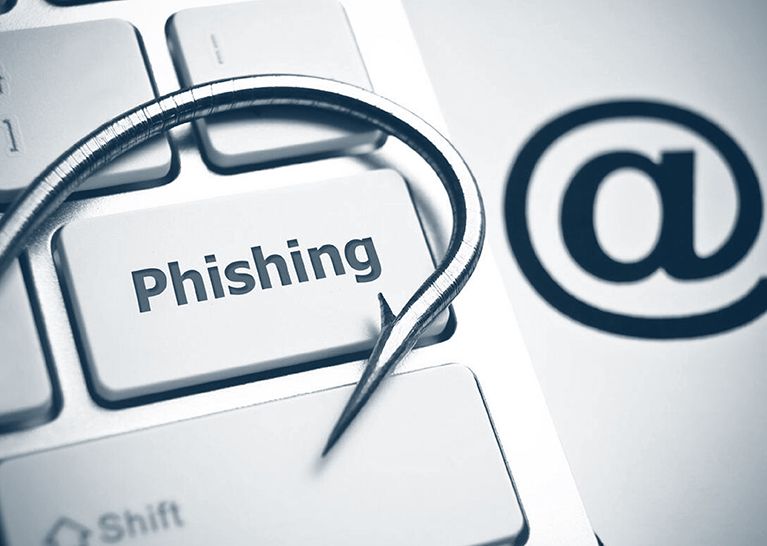Phishing

Phishing is a type of cyber attack in which attackers attempt to trick individuals into divulging sensitive information, such as usernames, passwords, and financial details, by posing as a trustworthy entity. The term "phishing" is a play on the word "fishing," as attackers use bait to lure their victims.
Phishing attacks typically involve sending fraudulent emails, messages, or websites that mimic legitimate sources, such as banks, government agencies, or popular online services. These messages often contain urgent or enticing language to prompt recipients to click on links, download malicious attachments, or enter their personal information on fake websites.
There are various forms of phishing, including:
Email Phishing: Attackers send deceptive emails that appear to be from a legitimate source, encouraging recipients to click on links or provide sensitive information.
Spear Phishing: A targeted form of phishing where attackers customize their messages for specific individuals or organizations, often using information gathered from social media or other sources to make the message more convincing.
Pharming: Involves redirecting users from legitimate websites to fraudulent ones without their knowledge, often through the manipulation of DNS (Domain Name System) settings.
Vishing (Voice Phishing): Attackers use phone calls to impersonate legitimate entities, such as banks or government agencies, and trick individuals into revealing sensitive information.
Smishing (SMS Phishing): Involves sending fraudulent text messages to trick individuals into clicking on links or providing sensitive information.
Phishing attacks can have serious consequences, including identity theft, financial loss, and unauthorized access to personal or business accounts. To protect against phishing, individuals should be cautious of unsolicited communications, verify the legitimacy of requests for sensitive information, and use security measures like two-factor authentication. Additionally, organizations often implement security measures and educate their employees about recognizing and avoiding phishing attempts.
Thank you.